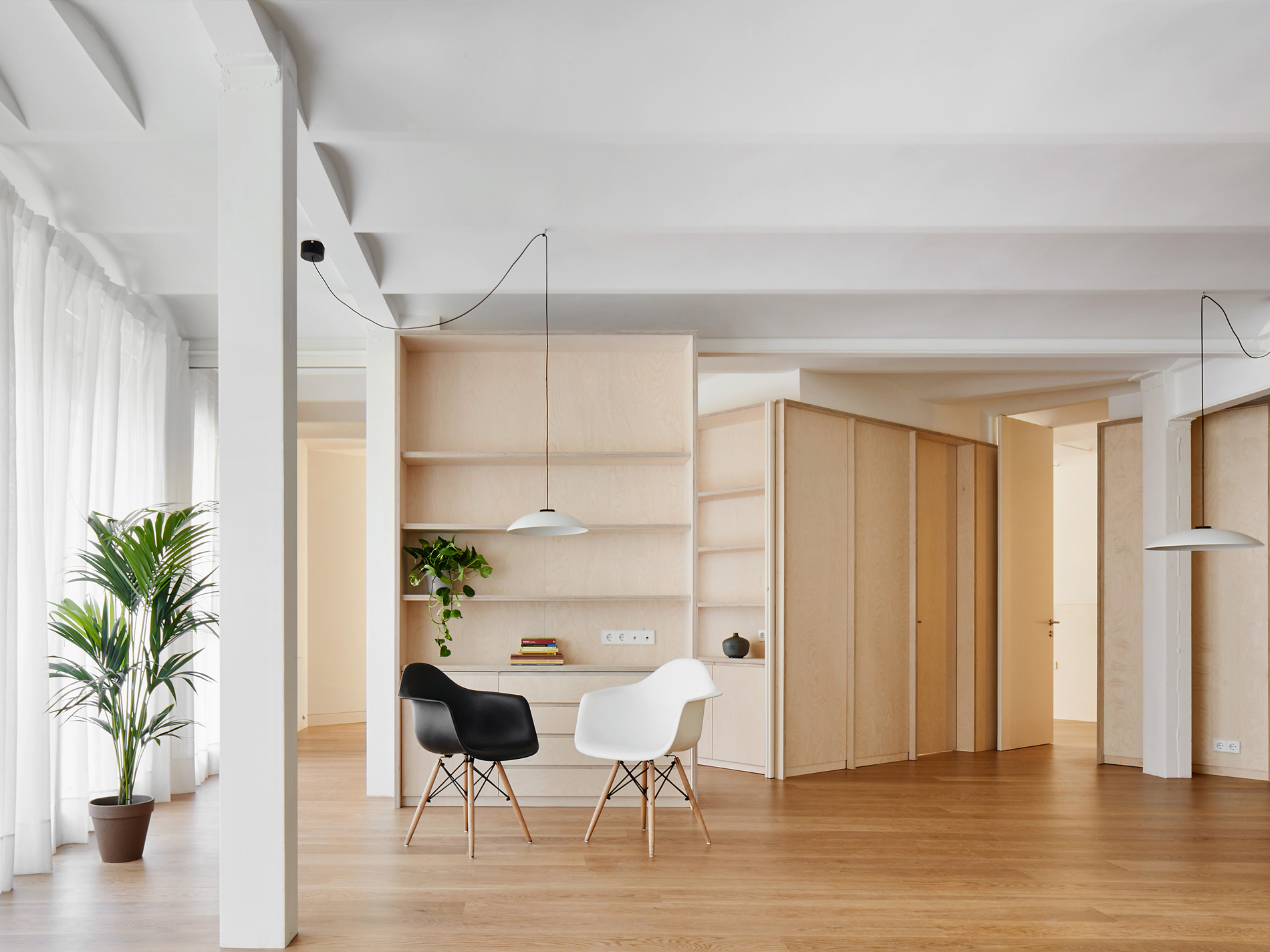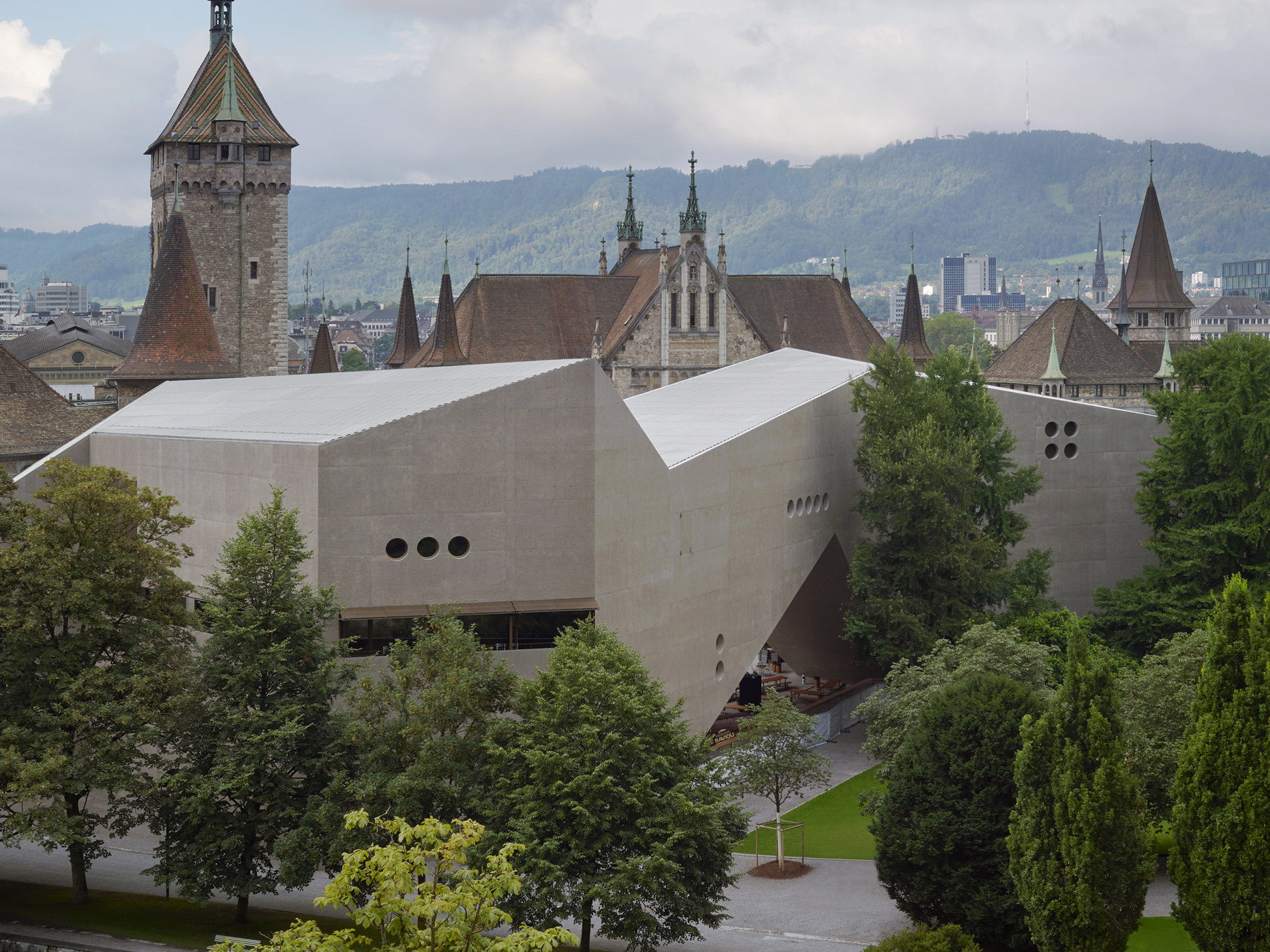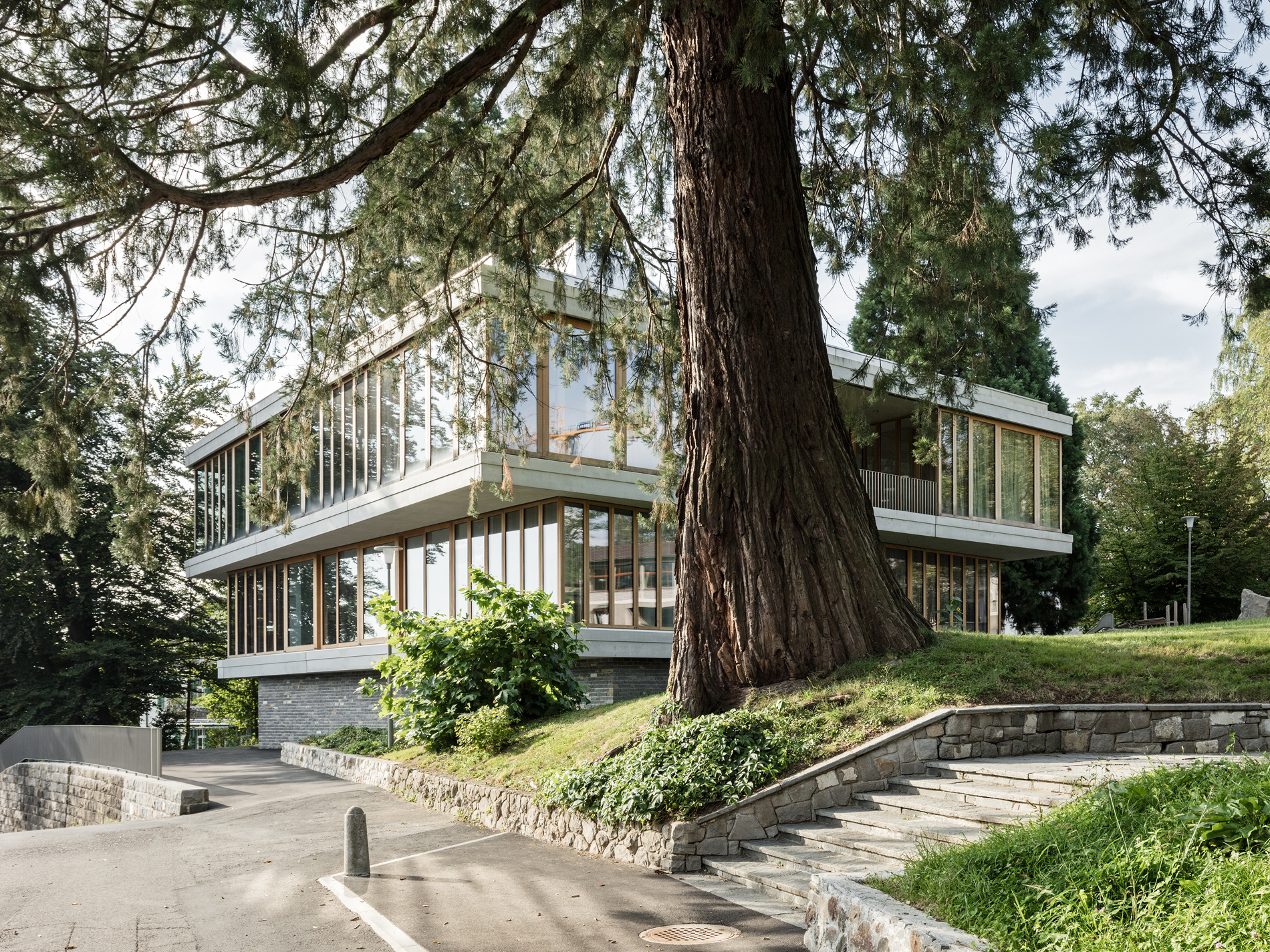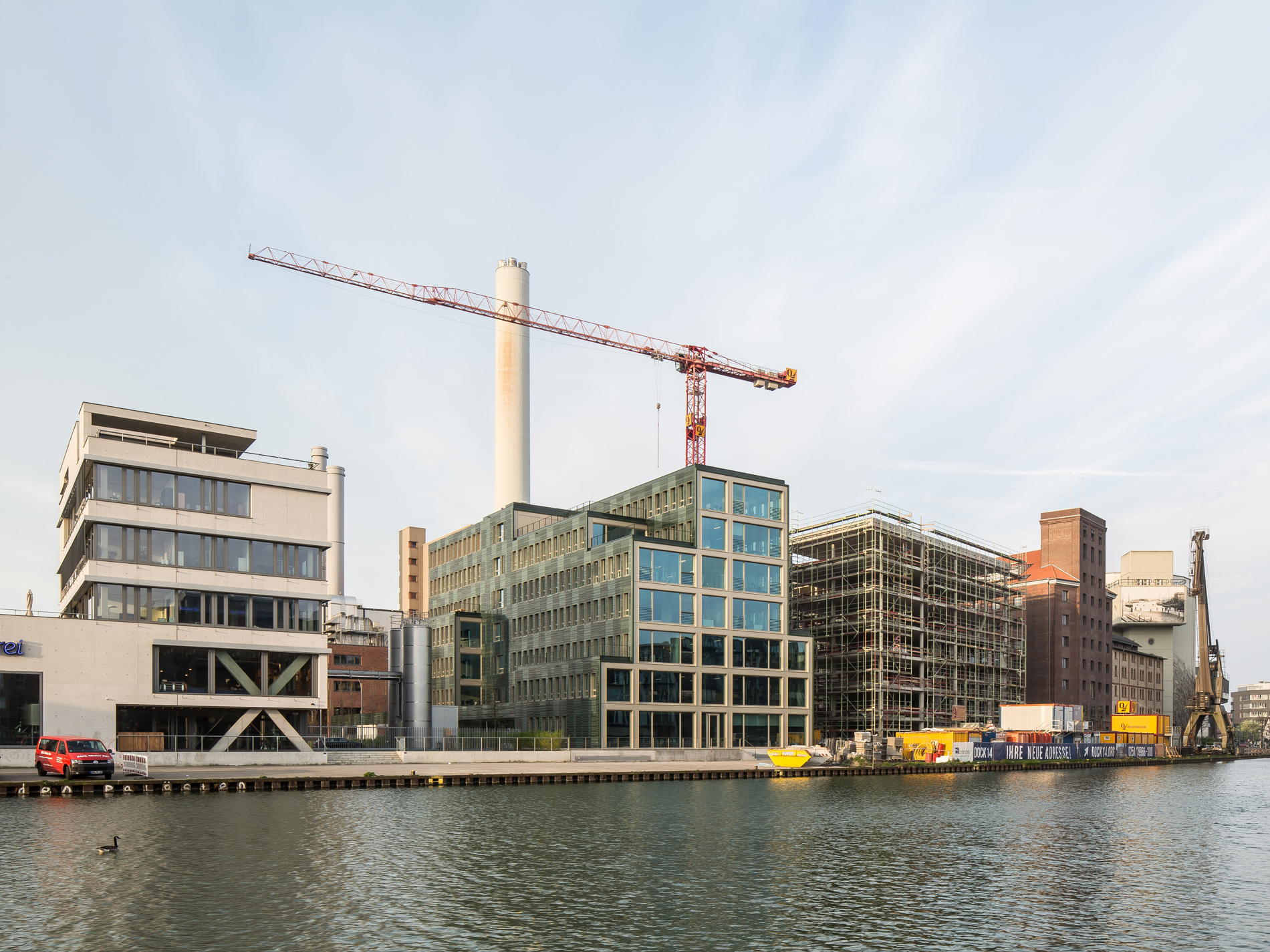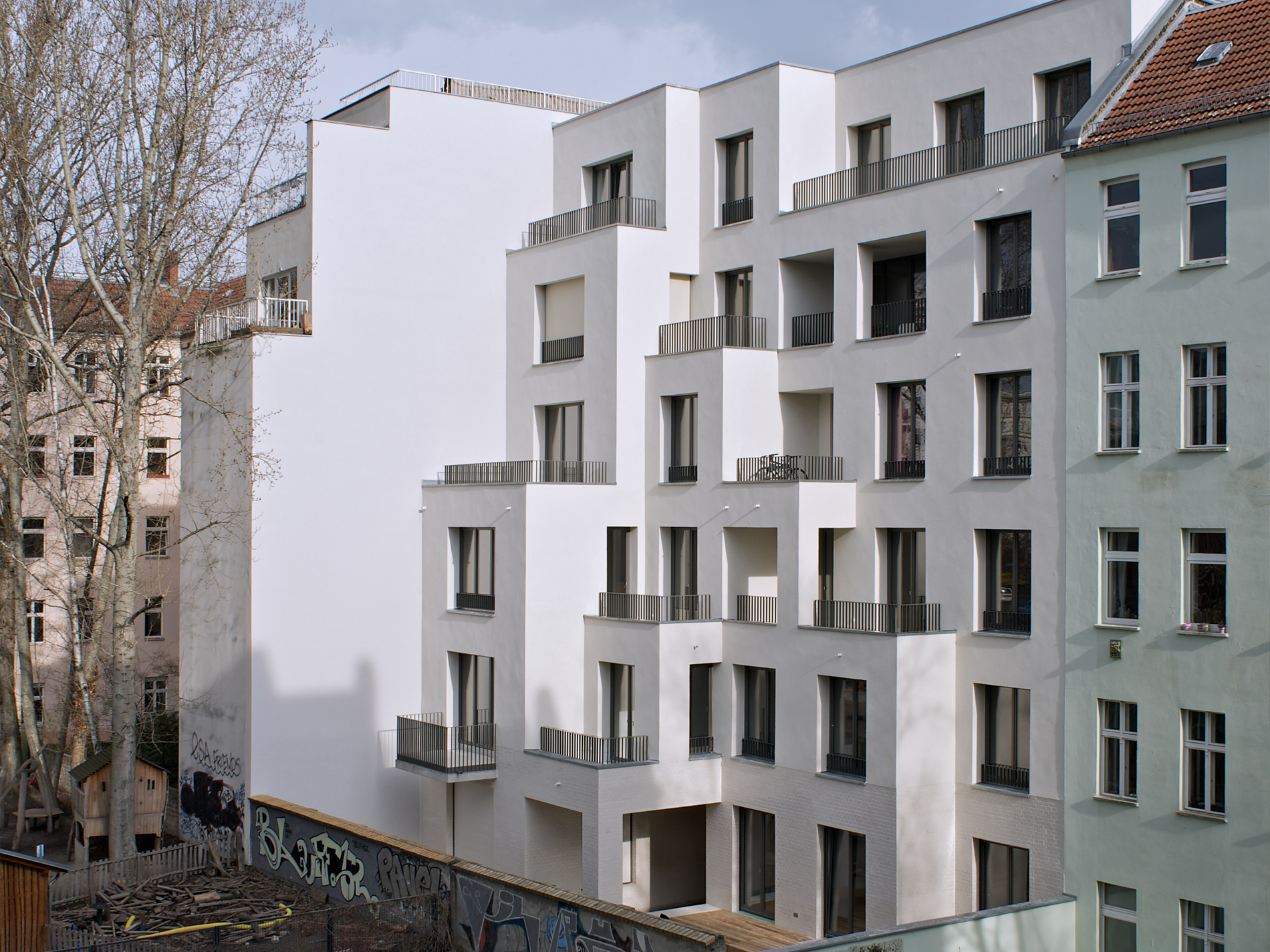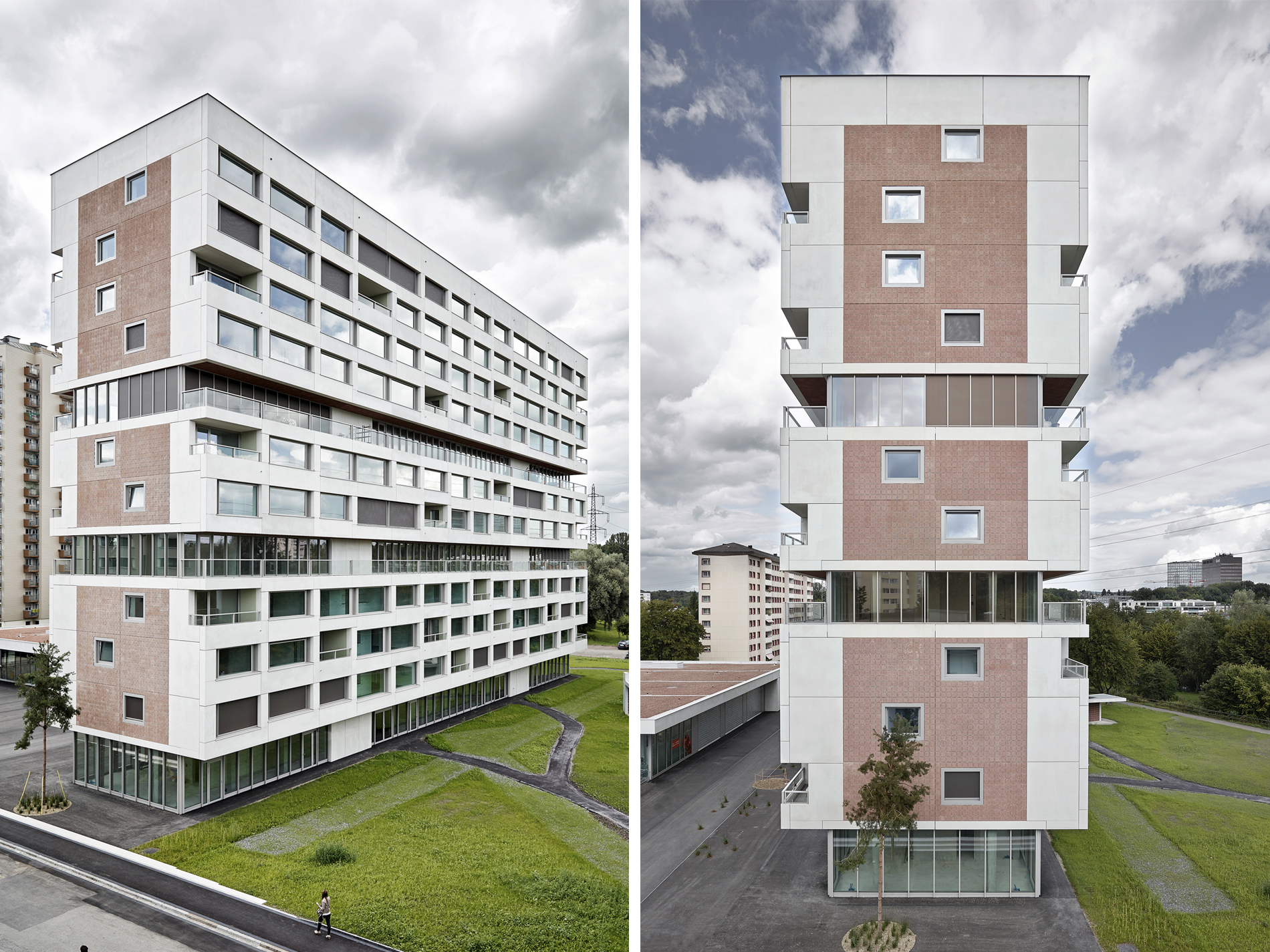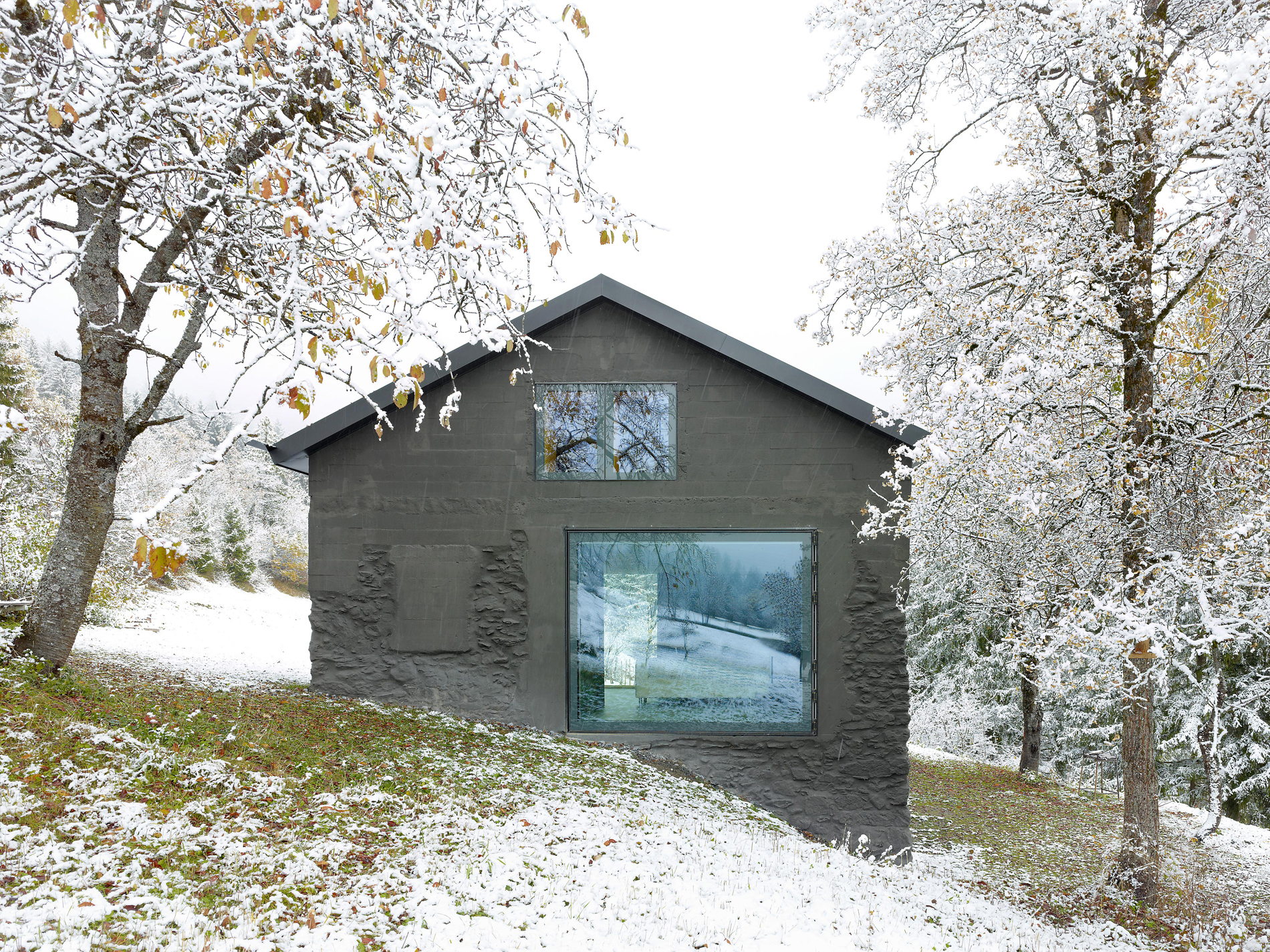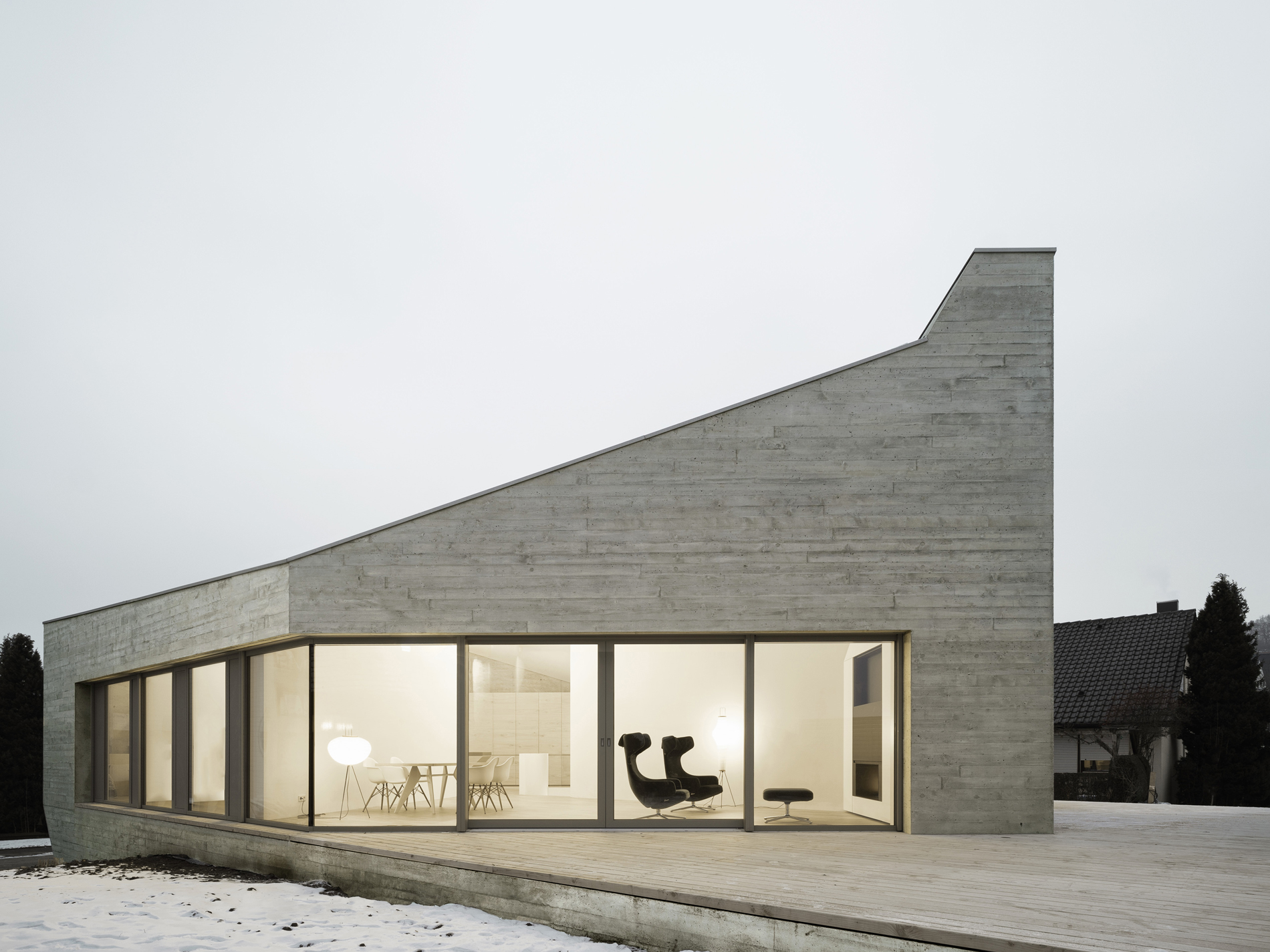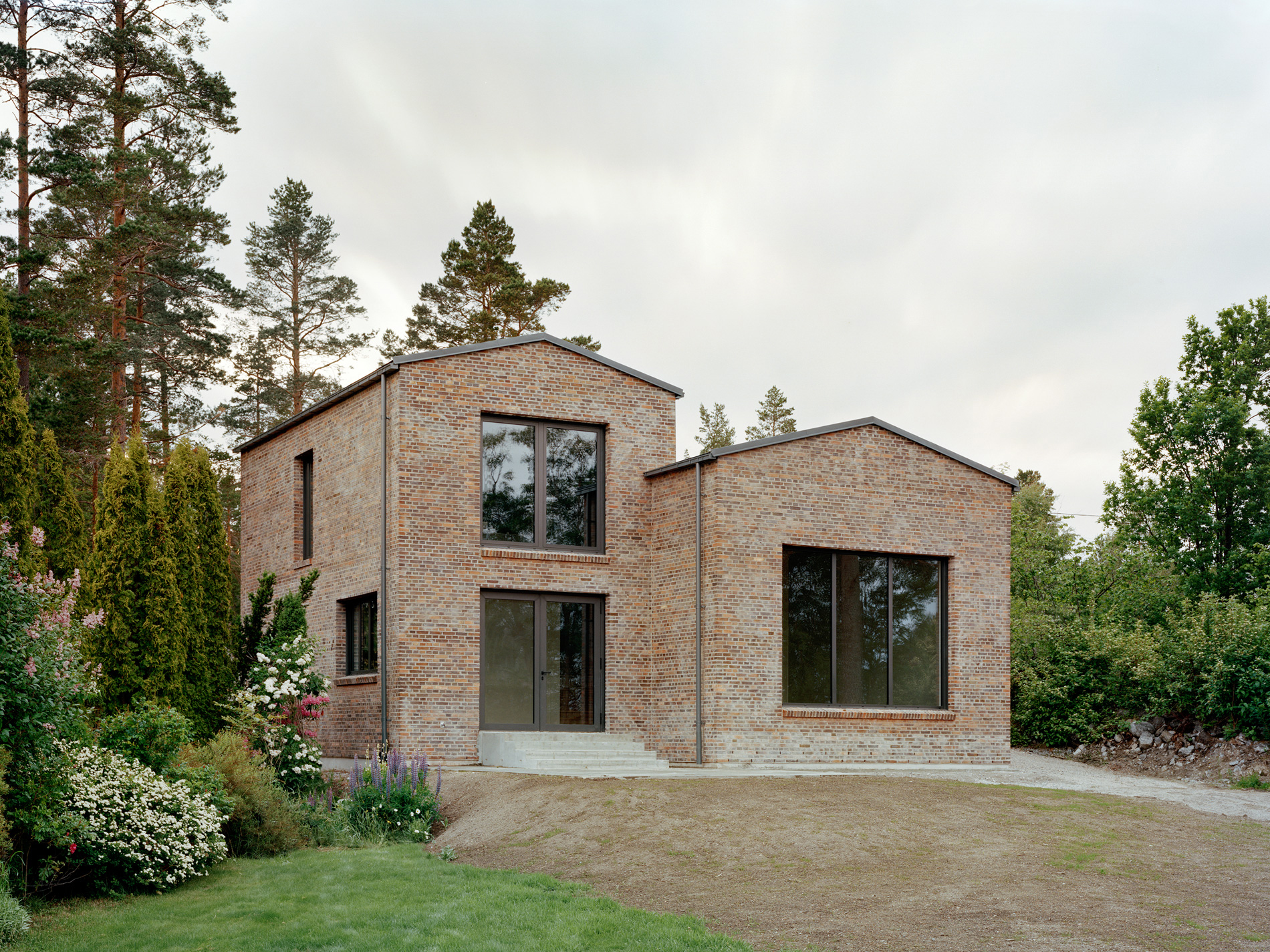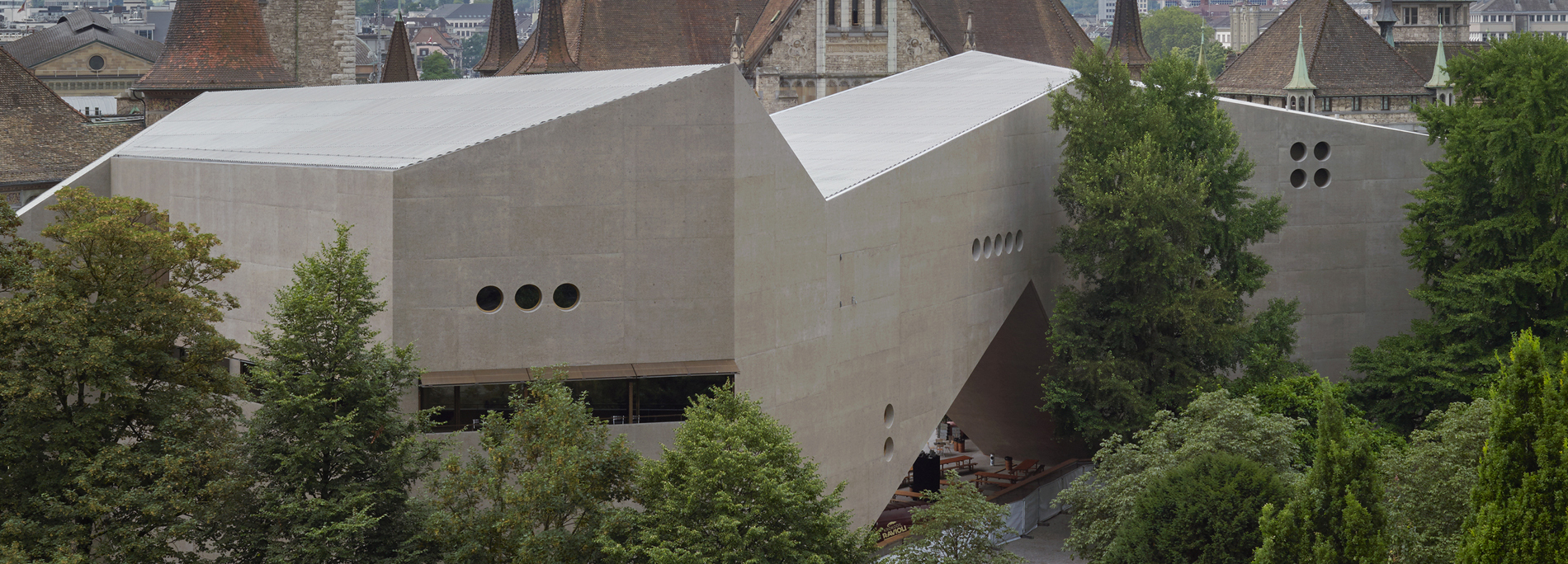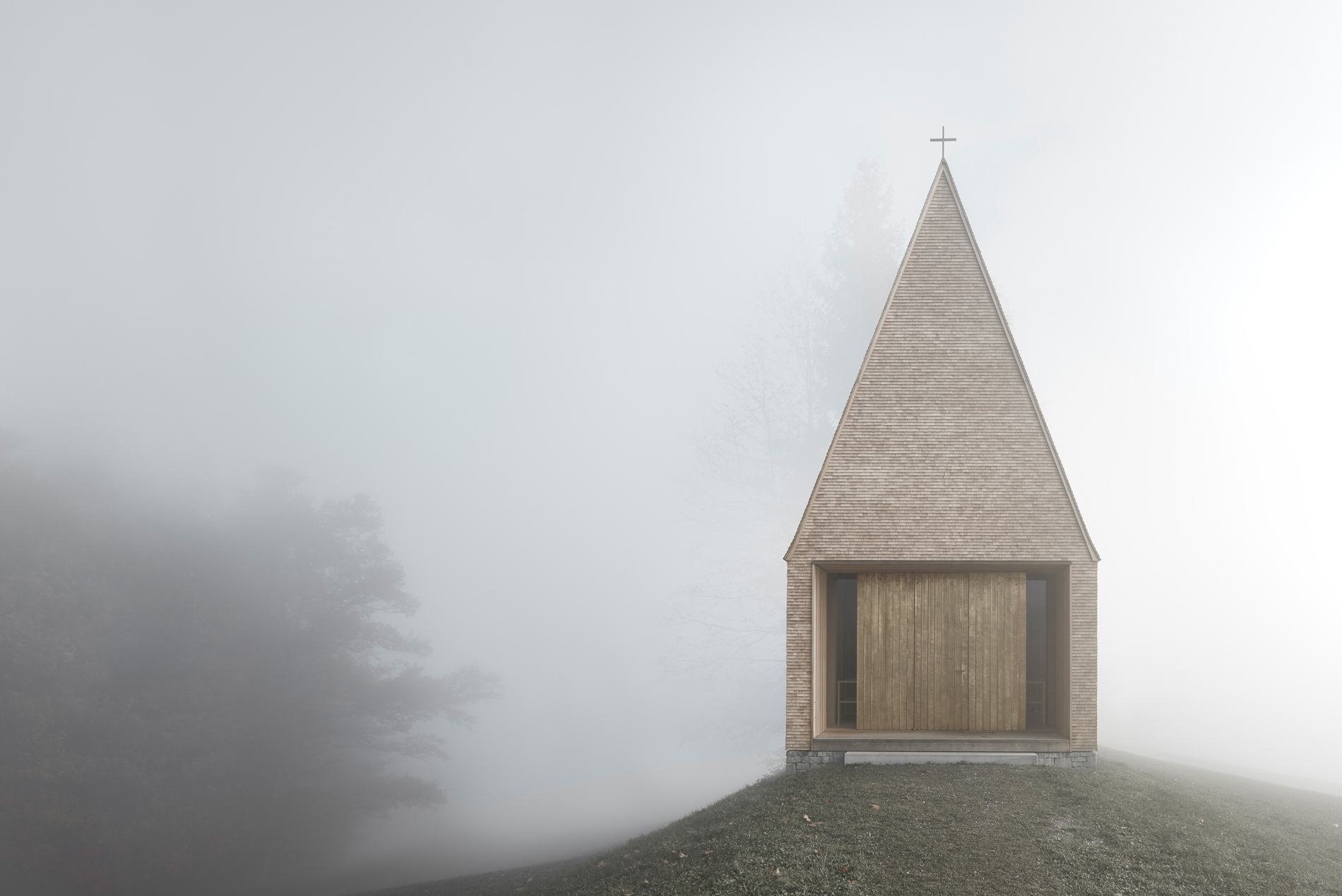best architects 18 Award decided

Architekt Bernardo Bader, Kapelle Salgenreute, Foto: Adolf Bereuter
An award with the obvious title of best architects has not existed for very long. Introduced in 2006, the award first recognized only the best projects from Germany, Austria and Switzerland. It has been only two years since the prize was opened to architecture projects from other European countries. Architecture studios can submit completed buildings that will be evaluated in one of eight categories: living space (with the subcategories single-family dwellings and multi-family buildings), office and administration buildings, commercial and industrial buildings, public buildings, educational buildings and other structures as well as interior design projects. The distinguished projects will be documented in an elaborate publication.
This year, 71 projects were distinguished from 367 submissions. Furthermore, an international jury awarded gold medals to 12 further projects:
Living Space
House Juniskär, by the Swedish studio Hermansson Hiller Lundberg Arkitekter, Savioz House by Savioz Fabrizzi architectes of Switzerland and E20 House by Stuttgart’s Steimle Architekten won the highest recognition in the category Living Space (single-family dwelling). What these three designs have in common is the clear setting of the structures: the design of House Juniskär recalls classic Scandinavian building traditions. E20 House, which is made of insulating concrete, stands apart from its surroundings. Savioz House is a renovation project for an often-renovated barn from the 19th century. The architects have transformed the house into a monolithic edifice whose history can be read in the revelation of structural changes to the façade. Zurich’s high-rise apartment building Hirzenbach, designed by Boltshauser Architekten, and the rental apartment house by Trutz von Stuckrad Penner in Berlin, address the question of urban density. The Zurich high-rise, which has 12 storeys, orients itself towards modern buildings of the postwar era. In contrast, the apartment building in Berlin is a contemporary interpretation of a rental apartment house in the Berlin tradition.
Office and Administration Buildings
The H7 administration building, which stands in Münster and was designed by Andreas Heupel, won gold in the category Office and Administration Buildings. The seven-storey office building in the city’s harbour was commissioned by an organic grocery chain. It is built primarily of wood.
Commercial and Industrial Buildings
Wood is also the main material in both the Ragn d’Err hydroelectric power plant by Studio Cangemi as well as the commercial building designed by Ip Architektur in the Austrian town of St. Martin (category Commercial and Industrial Buildings).
Educational Buildings
Menzi Bürgler Architekten have expanded the Felsberg school in Lucerne and taken up the architectural language of the existing school building. The upper storeys of the new structure, which features a massive plinth of natural stone, is flooded with light and planned for flexible use.
Public Buildings
The extraordinary project for the expansion of the Zurich Landesmuseum won the gold medal in the category Public Buildings. This structure, which joins onto the old building from the late 19th century, is striking thanks to its origami-like roofscape. The young studio Christ & Gantenbein won the public design competition in 2002. Ultimately, it took 15 years to plan and realize the project. The result is a new structure where old and new are linked in unusual ways.
Interior Design
The design for the interior of a 1970s-era apartment by Bajet Giramé (category Interior Design) uncovers the original, open structure of the apartment.
Other Buildings
The Salgenreute chapel by Bernardo Bader (category Other Buildings) stands out in the precision of its architectural expression. The simple, fundamental shape of the chapel is linked to the traditional building methods characteristic of many places in the Bregenz Forest.
Every selection is subjective, particularly when architecture is judged. This is shown, among other things, by the number of first-class projects that won only an “ordinary” distinction. The one disruptive factor in the best architects award is the cost associated with the competition. Architects must first pay a registration fee and then pay again if their projects win a prize. The more than 80 distinctions amass a considerable sum, which leads to the question: what is the true aim of the prize? Does it give real recognition to architectural quality, or is it merely a clever business model?
This year, 71 projects were distinguished from 367 submissions. Furthermore, an international jury awarded gold medals to 12 further projects:
Living Space
House Juniskär, by the Swedish studio Hermansson Hiller Lundberg Arkitekter, Savioz House by Savioz Fabrizzi architectes of Switzerland and E20 House by Stuttgart’s Steimle Architekten won the highest recognition in the category Living Space (single-family dwelling). What these three designs have in common is the clear setting of the structures: the design of House Juniskär recalls classic Scandinavian building traditions. E20 House, which is made of insulating concrete, stands apart from its surroundings. Savioz House is a renovation project for an often-renovated barn from the 19th century. The architects have transformed the house into a monolithic edifice whose history can be read in the revelation of structural changes to the façade. Zurich’s high-rise apartment building Hirzenbach, designed by Boltshauser Architekten, and the rental apartment house by Trutz von Stuckrad Penner in Berlin, address the question of urban density. The Zurich high-rise, which has 12 storeys, orients itself towards modern buildings of the postwar era. In contrast, the apartment building in Berlin is a contemporary interpretation of a rental apartment house in the Berlin tradition.
Office and Administration Buildings
The H7 administration building, which stands in Münster and was designed by Andreas Heupel, won gold in the category Office and Administration Buildings. The seven-storey office building in the city’s harbour was commissioned by an organic grocery chain. It is built primarily of wood.
Commercial and Industrial Buildings
Wood is also the main material in both the Ragn d’Err hydroelectric power plant by Studio Cangemi as well as the commercial building designed by Ip Architektur in the Austrian town of St. Martin (category Commercial and Industrial Buildings).
Educational Buildings
Menzi Bürgler Architekten have expanded the Felsberg school in Lucerne and taken up the architectural language of the existing school building. The upper storeys of the new structure, which features a massive plinth of natural stone, is flooded with light and planned for flexible use.
Public Buildings
The extraordinary project for the expansion of the Zurich Landesmuseum won the gold medal in the category Public Buildings. This structure, which joins onto the old building from the late 19th century, is striking thanks to its origami-like roofscape. The young studio Christ & Gantenbein won the public design competition in 2002. Ultimately, it took 15 years to plan and realize the project. The result is a new structure where old and new are linked in unusual ways.
Interior Design
The design for the interior of a 1970s-era apartment by Bajet Giramé (category Interior Design) uncovers the original, open structure of the apartment.
Other Buildings
The Salgenreute chapel by Bernardo Bader (category Other Buildings) stands out in the precision of its architectural expression. The simple, fundamental shape of the chapel is linked to the traditional building methods characteristic of many places in the Bregenz Forest.
Every selection is subjective, particularly when architecture is judged. This is shown, among other things, by the number of first-class projects that won only an “ordinary” distinction. The one disruptive factor in the best architects award is the cost associated with the competition. Architects must first pay a registration fee and then pay again if their projects win a prize. The more than 80 distinctions amass a considerable sum, which leads to the question: what is the true aim of the prize? Does it give real recognition to architectural quality, or is it merely a clever business model?
